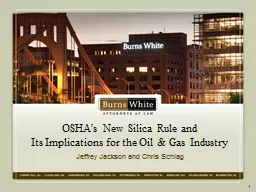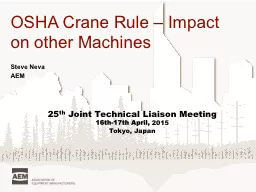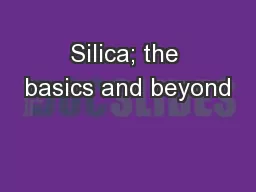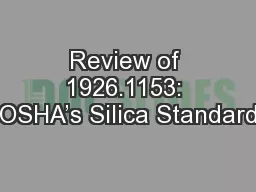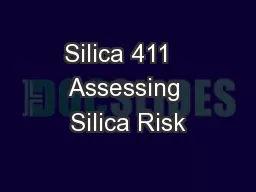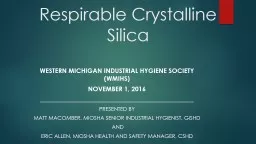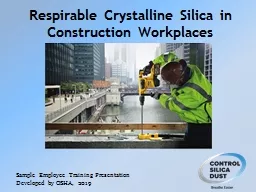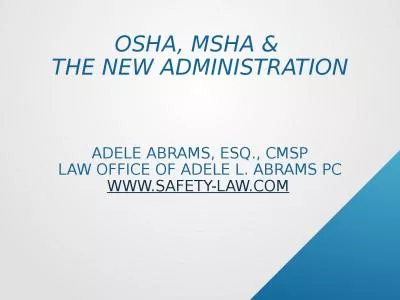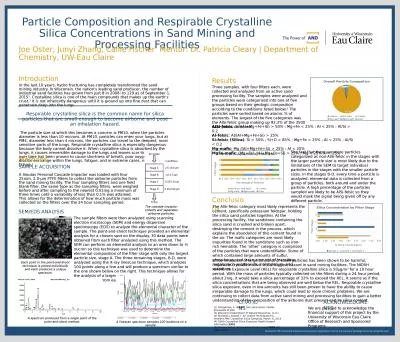PPT-OSHA’s New Silica Rule and
Author : myesha-ticknor | Published Date : 2017-12-26
Its Implications for the Oil amp Gas Industry Jeffrey Jackson and Chris Schlag 1 Objectives Defining the silica exposure Overview of OSHAs Current Regulatory Framework
Presentation Embed Code
Download Presentation
Download Presentation The PPT/PDF document "OSHA’s New Silica Rule and" is the property of its rightful owner. Permission is granted to download and print the materials on this website for personal, non-commercial use only, and to display it on your personal computer provided you do not modify the materials and that you retain all copyright notices contained in the materials. By downloading content from our website, you accept the terms of this agreement.
OSHA’s New Silica Rule and: Transcript
Download Rules Of Document
"OSHA’s New Silica Rule and"The content belongs to its owner. You may download and print it for personal use, without modification, and keep all copyright notices. By downloading, you agree to these terms.
Related Documents

